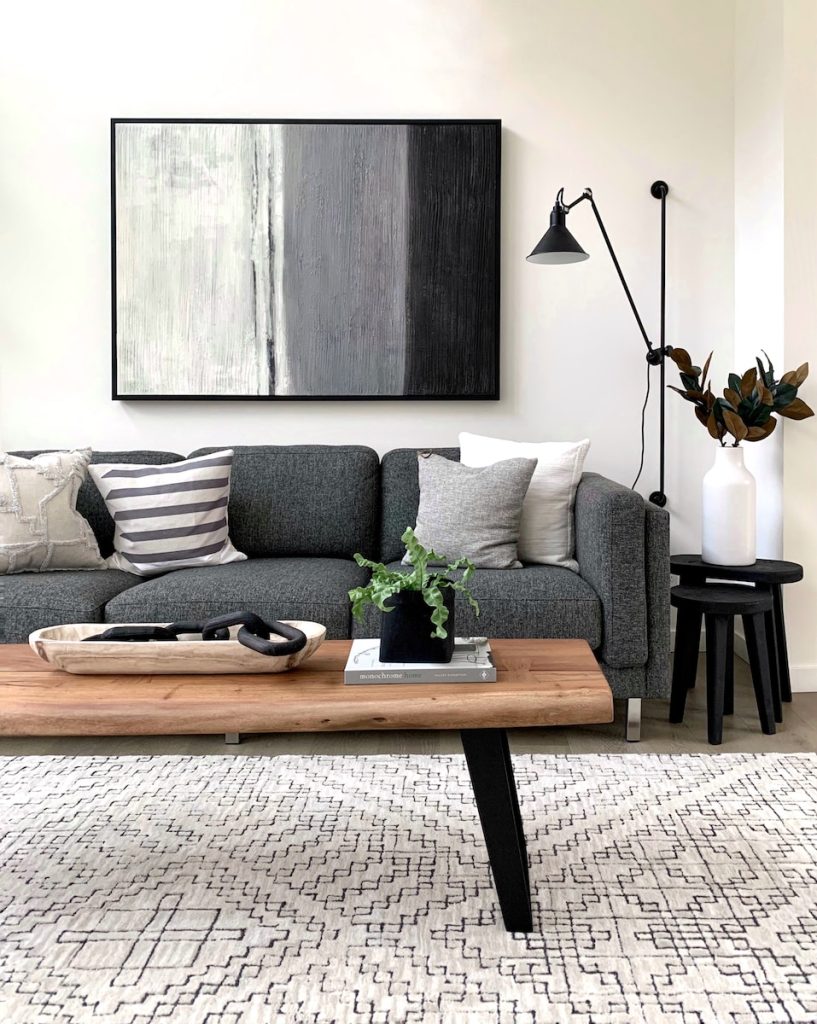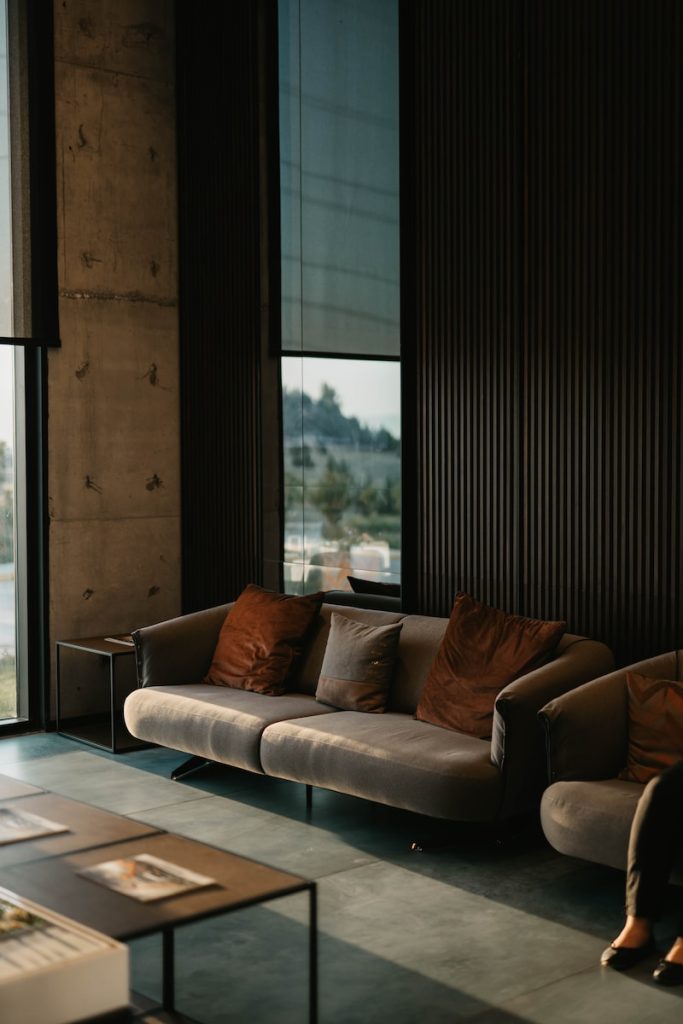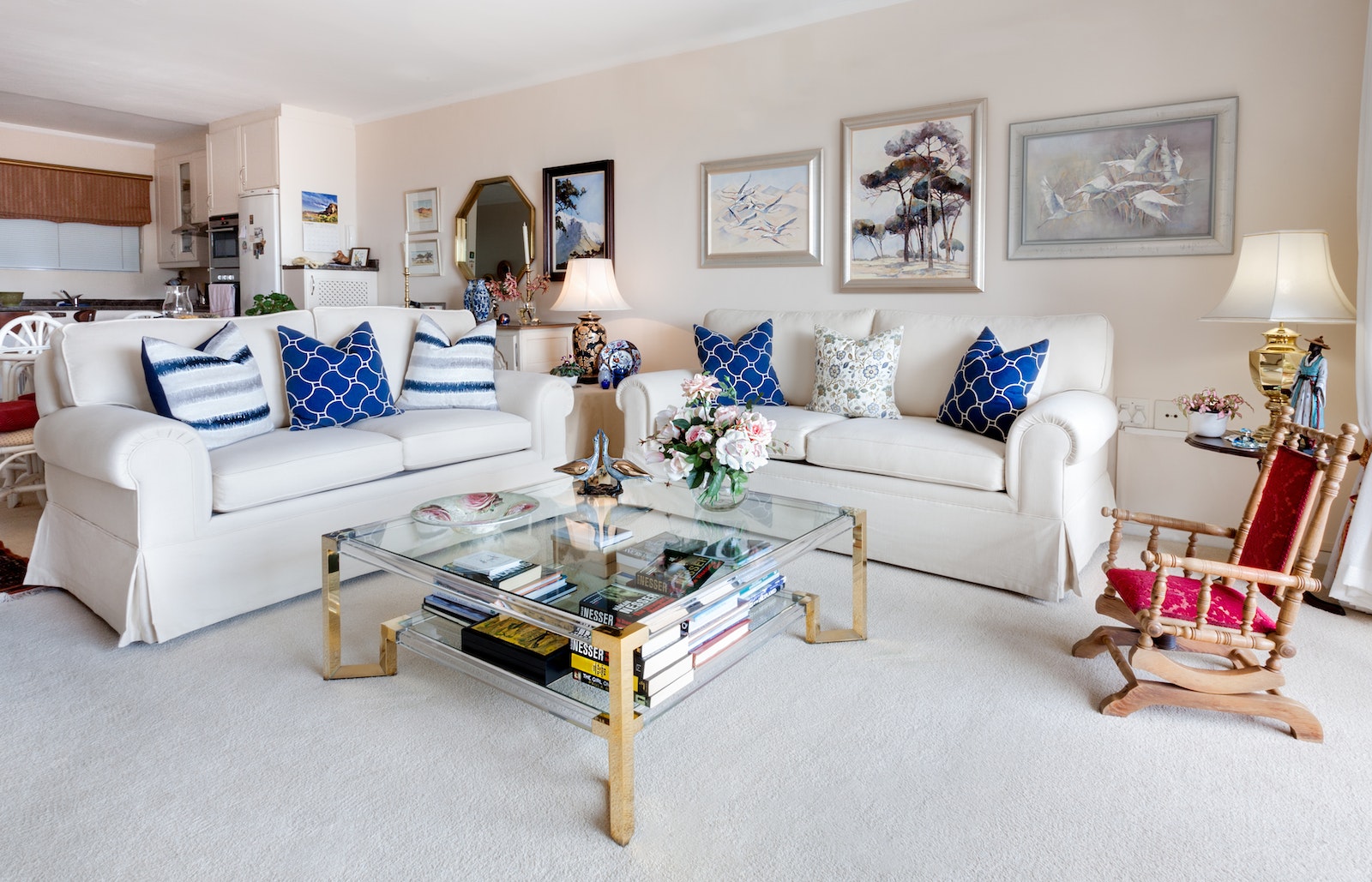Today, we delve into an intriguing debate that has subtly divided households and sparked friendly debates: Is it the ‘front room’ or the ‘living room’? This seemingly simple question opens up a world of exploration into our language, culture, and history. These terms, often used interchangeably, carry distinct connotations depending on historical context and regional influences, making the conversation far more interesting than the simple choice of words might initially suggest.
From a historical perspective, our ancestors had different names for the spaces in their homes, reflecting the functions and norms of their times. Hence, the evolution of these terms provides a fascinating glimpse into how societal changes can be mirrored in our speech patterns and vocabulary. In this regard, both ‘front room’ and ‘living room’ have unique stories to tell.
Regional factors also play a significant role in determining the preferred term. Just as dialects and accents vary from place to place, so do our word choices for describing the same spaces in our homes. Whether it’s the front room or the living room, it could depend largely on where you’re standing!
So, let’s embark on this linguistic journey together, exploring the origins, usage, cultural contexts, societal implications, and regional differences surrounding ‘front room’ and ‘living room’. We hope this discussion will not only inform but also encourage you to observe your own language choices in everyday life. After all, the words we use are as much a part of our identity as the clothes we wear or the food we eat. So, should we gather in the front room or the living room? Let’s find out!
Defining “Front Room”
Let’s delve into the term “front room” to get a more comprehensive understanding. The term “front room”, as its name implies, often refers to a room situated at the front of a house. Historically, the “front room” was traditionally the best room in the house, used to receive and entertain guests. It was typically kept immaculate, adorned with the finest furniture and decor that the household could afford.
Originating in the 19th century during the Victorian era in the United Kingdom, the concept of the “front room” emanated as a representation of the family’s social status. It was a space reserved for special occasions and esteemed company, reflecting the household’s prosperity and taste. Over time, this notion disseminated to other parts of the world, particularly commonwealth countries, where similar domestic layouts were adopted.
The Cultural Context of “Front Room”
In terms of cultural context, the term “front room” is predominantly used in certain regions, particularly in the United Kingdom, Ireland, and some parts of Canada and Australia. In these areas, it is not uncommon for people to refer to their primary guest-receiving area as the “front room”. This linguistic preference stems from historical and cultural practices and norms associated with home layouts and socializing patterns.
However, it’s important to note that the use and meaning of the term can vary significantly within these regions. For instance, in some working-class communities in the UK, the “front room” may be a more informal space used for daily activities, while in others, it maintains its traditional role as a formal entertaining area. This variation reflects the dynamic nature of language and how it adapts to shifting societal norms and lifestyles.
So, when someone invites you into their “front room”, they’re not just welcoming you into a physical space, but also into a rich tapestry of historical and cultural traditions. It’s more than just a room; it’s a symbol of hospitality, status, and social interaction woven into the fabric of their community.

Unpacking “Living Room”
In our journey to decipher the nuances of domestic terminologies, let’s now turn our attention to the term “living room.” This phrase is a staple in many English-speaking households, but what exactly does it entail? And how did it come to be such a commonplace term?
What Does “Living Room” Mean?
The term “living room” generally refers to a space in a residential dwelling primarily intended for relaxing, socializing, and entertainment. It’s usually furnished with comfortable seating like couches and armchairs, often includes a television, and may also feature bookshelves, artwork, or a fireplace. The living room serves as a gathering spot for family members to engage in shared activities or to host guests.
The Origins and Evolution of the Term “Living Room”
The term “living room” has its roots firmly planted in the early 20th century. As per the Oxford English Dictionary, the term first made its appearance in 1895. However, its widespread usage didn’t kick off until after World War I. Before this period, such rooms were often referred to as “parlors,” “sitting rooms,” or even “drawing rooms,” depending on the time frame and cultural context.
It was during the 1918 influenza pandemic that the term “living room” gained real traction. As the flu claimed countless lives, many parlors were temporarily converted into makeshift morgues or funeral viewing areas. After the pandemic, people wanted to reclaim these spaces for the living, hence the shift towards the more life-affirming term “living room.”
Cultural Contexts Surrounding the “Living Room”
While the term “living room” is widely used today, its meaning can still differ slightly depending on cultural contexts. In Western cultures, it’s often the first room guests see upon entering a home, serving as a showcase of the homeowner’s taste and style. In contrast, in some Asian cultures, the living room is more private, reserved primarily for family gatherings and special occasions.
In the majority of English-speaking countries, “living room” has become the go-to term for this shared family space. However, as we’ll explore further in the following sections, regional variations do exist, leading to an intriguing blend of terminology that can reveal much about local culture and history.

Front Room vs. Living Room: Comparing and Contrasting
When we talk about the terms “front room” and “living room”, it’s crucial to delve into their definitions, usage, and cultural significance. Both these terms refer to a space in our homes but hold different connotations based on a variety of factors.
Definitions and Usage
The term “front room”, as previously discussed, originates from the Victorian era where this room was situated at the front of the house, often reserved for special occasions or entertaining guests. On the other hand, “living room” is a more modern term, signifying a space where daily activities and family interactions take place. The usage of both terms varies, with “front room” being more prevalent in certain regions such as the United Kingdom, while “living room” is widely used across the United States and many other parts of the world.
Cultural Significance
The cultural significance of the two terms cannot be overlooked. While the “front room” often reflects a more formal setting, a living room is typically associated with comfort, casualness, and everyday living. This distinction, however subtle, helps shape our understanding of the spaces within our homes.
Preference: A Matter of Choice
Why might some people prefer one term over the other? Well, this preference can be influenced by various factors including regional dialects, personal experiences, cultural backgrounds, or even just habit. Some may find the term “front room” nostalgic or charming, reminiscent of a bygone era. Others might prefer “living room” as it feels more contemporary and relevant to today’s lifestyle. In essence, the choice between these terms is subjective and personal, reflecting the diversity of language and its fluid nature.
In the end, whether you call it a “front room” or “living room” largely depends on your personal preference and cultural background. It’s a fascinating example of how language shapes our perception and understanding of the world around us. So, the next time you step into your living room or front room, take a moment to consider the history and significance behind these terms.
Regional Differences in Terminology
Across the globe, language and terminology are heavily influenced by regional factors. The terms “front room” and “living room” are no exception to this rule. While these phrases are often used interchangeably, there are subtle differences in their usage and preference based on geographical regions.
Regional Preferences for “Front Room” and “Living Room”
In the United Kingdom, for example, the term “front room” is widely used, particularly in older generations and working-class communities. This phrase can be traced back to the Victorian era when the front room of a house was typically the best room, reserved for special occasions or entertaining guests. On the other hand, in the United States, the term “living room” is more commonly used. This term emerged in the early 20th century amidst a cultural shift towards more casual and comfortable living spaces.
The Influence of Regional Dialects and Vernacular
Regional dialects and vernacular play a significant role in the way certain terms are adopted or preferred over others. In the context of “front room” versus “living room”, local accents, slang, and colloquialisms greatly contribute to the variation in terminology. For instance, in some parts of Ireland and Scotland, the term “sitting room” is often used instead of either “front room” or “living room”. Similarly, in Australia, you might hear the term “lounge room”.
It’s fascinating to see that while we may be talking about the same physical space within a home, the terminology used can vary significantly across different regions. These linguistic nuances offer a glimpse into the rich tapestry of regional identities, histories, and cultures that shape our world.
Role of Migration and Cultural Cross-pollination
Migration and cultural cross-pollination also play a part in shaping regional language preferences. As people move and cultures blend, terms from one region can become popular in another. For example, the term “living room”, which is largely an American term, has gained traction globally due to the influence of American culture and media. On the other hand, in multicultural cities like London, it’s not uncommon to hear a variety of terms used to describe the same space, reflecting the city’s diverse population.
In essence, whether you call it a “front room”, “living room“, “sitting room”, or something else entirely, it can often serve as a reflection of your cultural background, personal history, and geographical roots.
Societal Implications and Perceptions
Language is more than just a means of communication; it’s a reflection of our society, its norms, and attitudes. The words we choose to use can often shed light on our cultural background, personal beliefs, and even our geographical location. In the case of “front room” versus “living room”, these terms may seem interchangeable, but they carry different connotations and are used in different contexts, which gives us an interesting glimpse into various societal perceptions.
The term “front room”, for instance, tends to be associated with older generations and is more prevalent in certain regions, notably within the UK. Its usage might thus reflect a more traditional mindset or an adherence to regional vernacular. On the other hand, “living room” is more widely accepted and understood globally, reflecting a more modern or globalized perspective. Such differences in terminology can subtly indicate generational gaps, regional identities, and cultural shifts over time.
In addition to reflecting societal norms, the choice between “front room” and “living room” can also influence how we perceive and communicate with each other. For example, if you were invited to someone’s front room, you might expect a more formal or traditional setting, given the historical context of the term. Conversely, being invited into the living room might suggest a casual, relaxed environment. These expectations, based solely on word choice, demonstrate how language subtly influences our perceptions and interactions.
Moreover, the words we use can also affect how others perceive us. If you consistently refer to your “front room”, it might convey that you’re from a specific region or have a penchant for traditional terms. On the other hand, using “living room” might make you appear more contemporary or internationally-minded. This isn’t to say that one is better than the other, but it’s an interesting example of how our language choices can signal various aspects of our identity to others.
In essence, the terms “front room” and “living room”, while referring to the same physical space in a home, carry different societal implications and perceptions. They showcase how language is deeply interwoven with our cultural norms and attitudes, and underline the importance of being mindful about our word choices. After all, the words we choose to use are a reflection of who we are and the society we live in.
Conclusion
In this educational journey, we’ve delved into the fascinating world of language and how it reflects our cultural heritage, regional differences, and societal norms. We’ve examined the intriguing terms “front room” and “living room”, tracing their origins, usage, and contexts. From historical perspectives to regional dialects, we have seen how these phrases are molded by, and in turn help shape, our living spaces.
We started by defining the term “front room”, a phrase rooted in history and particularly popular in certain cultural contexts. We learned about its humble beginnings and how it has become a common part of the vernacular in some regions. Then, we unpacked the concept of the “living room”, a term that carries with it a sense of comfort and communal living. We discovered that this term, too, has its unique history and cultural implications.
In contrasting the two, we found that while both terms describe a communal space within a home, they each carry unique cultural and historical connotations. The choice between the two can often come down to personal preference, influenced by factors such as regional dialects and cultural background.
We also explored regional differences, revealing that the terminology one uses can often point to their geographical roots or cultural affiliations. And importantly, we discussed how our choice of words, even for something as seemingly simple as a room in a house, can reflect and shape societal perceptions.
As we conclude, I invite you to take a moment to consider your own language choices. Do you say “front room”, “living room”, or perhaps another term entirely? Understanding the impact of our words can help us communicate more effectively, respect cultural diversity, and appreciate the rich tapestry of our collective linguistic heritage.
Language is more than just a tool for communication – it’s a mirror reflecting who we are, where we come from, and how we perceive the world. So, the next time you enter your “front room” or “living room”, remember the history and cultural significance behind your choice of words.
